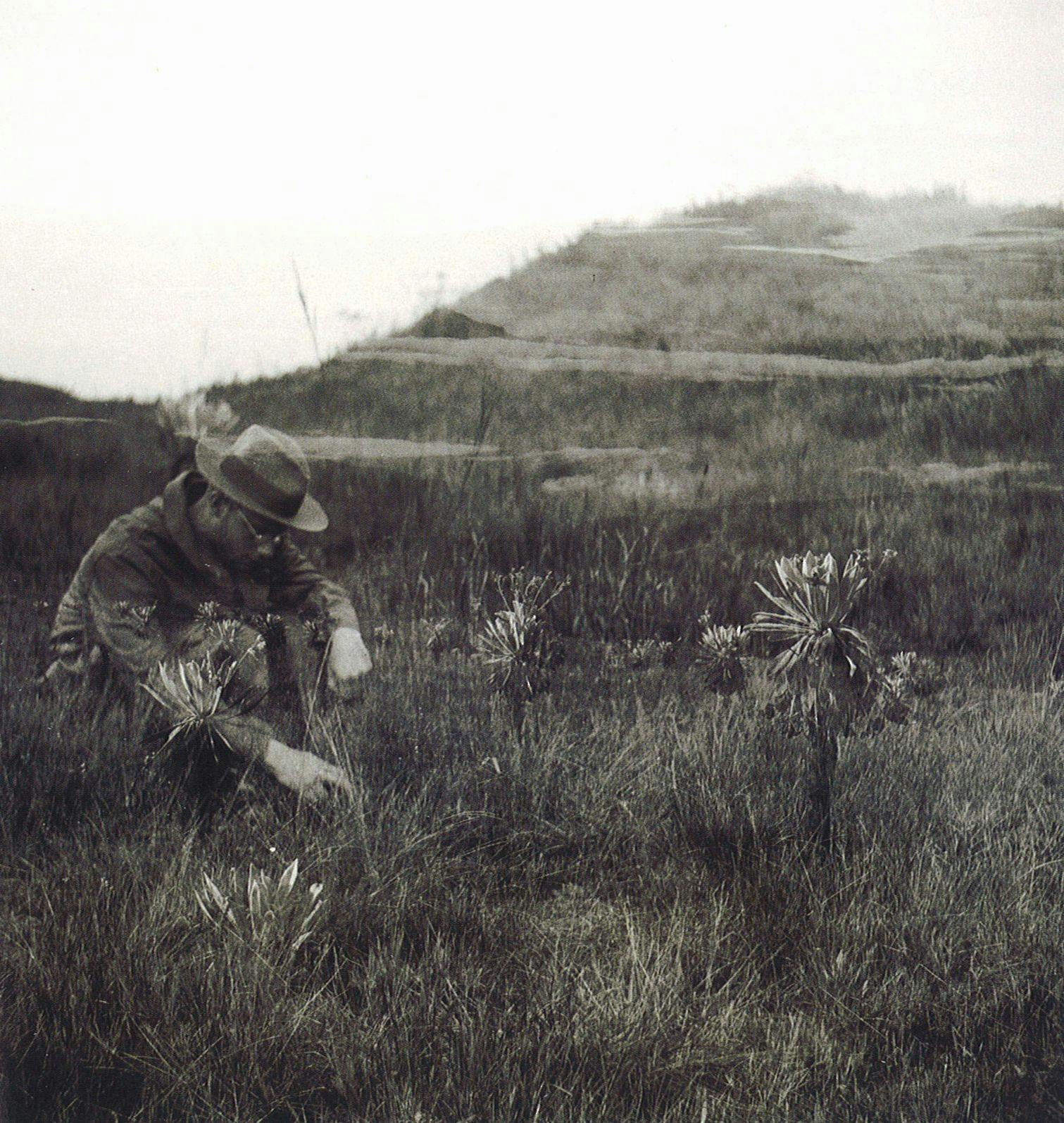The growth and salience of ethnobotany at the beginning of the 21st century arises out of a renewed self-consciousness about the relationship we have with plants. The subject is now more fluid, cultural, contested, imminent and political than ever before. In the face of the diverse challenges associated with the way Homo sapiens is physically re-fashioning the planet, environmental conservation, and an appreciation and concern for the knowledge and patrimony of different cultural groups around the world, the concerns of many have encouraged a more reflective and humanistically-articulate view of plants. In this view human knowledge and sensory intelligence combine ideas transmitted through language and practical engagement with the world around us. While a neo-liberal backdrop tends to emphasise a utility which in turn encourages an egregious presentism, the increasing pre-occupation in the Academy and beyond with the concept of 'the Anthropocene' opens up - almost paradoxically - the possibility of a more temporal perspective, with more emphasis on long-term historical ecology.

We often speak casually about 'local' knowledge, perhaps now because of the scholarly, semantic and political hazards of referring to anything as 'indigenous' or 'traditional', but we do not always fully appreciate the scientific significance of the local. In evolutionary terms it is really only local variation, selection and adaptation that matters, since all spatial substrates are ultimately continuous with genomes always in a state of flux and 'becoming', even while being parts of more inclusive living systems with their own emergent properties. It is for this reason that we must always be cautious when aggregating local knowledges into pan-local knowledges and attempting to learn lessons by generalizing about the local. But this does not mean that different local knowledges are not complementary and mutually reinforcing. The parallel evolution of different species of Canarium as domesticates in the southwest Pacific (a genus widely noted for its resin and proteinaceous nuts) gives us a good example of this. Here it is not only the movement of germplasm and physical objects that underpin the process of domestication, but the localness of human knowledge economies as well. Certainly, there are many examples of systems of interdependent local populations where knowledge of how to propagate, manage and harvest particular plants moves around, but the ultimate test of that knowledge is always local, and local ecologies and cultural circumstances vary. So while Canarium itself and knowledge about Canarium moved around widely within the southwest Pacific throughout its evolutionary history over the last 10,000 years, the biocultural testing ground was always the particular places where it was introduced, leading to different species in different places being the most valued culturally, alongside different local versions of Canarium ethnobotany. In a similar vein, Fred Damon in his recent Trees, knots and outriggers (Berghahn, 2017) shows us how the dynamics of inter-island trade in the Massim of New Guinea, provides a basis through which not only biological material and knowledge can move around, but how in different islands different species of Calophyllum timber-producing trees, patterns of use and knowledge arise. In accounts such as Damon's, we can see the crucial process through which the intangible becomes tangible, the short-term long-term, and conscious and inadvertent day-to-day plant management becomes adaptation and co-evolution. The constructed landscapes of exchange of one generation become the historical ecology of the next.

We need to remind ourselves occasionally that the relationships humans establish with plants are far more profoundly instantiated than the fragile knowledge of the living might suggest, but are the product of a co-evolving relationship that has endured for as long as the genus Homo has existed, and before. Because plant use is fundamental to our very being, it has shaped the way our minds and bodies have developed, and in turn we have shaped the world of plants (Ellen 2017). What each generation has learned and practiced is subjected to the forces of natural selection, and some of that knowledge becomes embedded in the environment. Thus, even when culturally-transmitted knowledge disappears, knowledge stored in the environment or embedded in routinized ways of doing, becomes a resource extending the adaptiveness of local groups.

All shared generic human knowledge of plants, including that which in evolutionary time has shaped the way we use our bodies and the way our brain's cognize, inevitably began in individual local activity. The diversity of situated knowledge has over time impacted on the brain, the body and on the plant environment with which we interact, influencing our sensory and motor apparatus in significant ways. For example, food tastes and smells the way it does because of the consequences of how our ancestors interacted with plants. If this process of transforming transient individual know-how into trans-generational systems of cultural knowledge, and then into exogenous devolved modifications to the environment, is how long-term cultural evolution works, then while we should of course seek to conserve the articulated knowledge of one generation, more concerning must surely be the factors that disrupt the relationship between local populations and that long-term embedded knowledge. After all, it is this that is the distillation of many generations of self-conscious knowledge. If that diversity of local knowledges - the reason we call our subject ethno-botany - ceases to be regenerated through cultural engagement with new environmental challenges, then we diminish our overall adaptiveness as a species.
Further Reading
- Ellen, R. 2017. Rethinking the relationship between studies of ethnobiological knowledge and the evolution of human cultural cognition, in Human origins: contributions from social anthropology, eds., C. Power, M. Finnegan and H. Callan. Oxford: Berghahn, 59-83.
- Ellen, R. 2017. Contingency and adaptation over five decades in Nuaulu forest-based plant knowledge. In Indigenous knowledge: enhancing its contribution to natural resources management, P. Sillitoe (ed.), Wallingford: CAB International, pp. 28-39.

